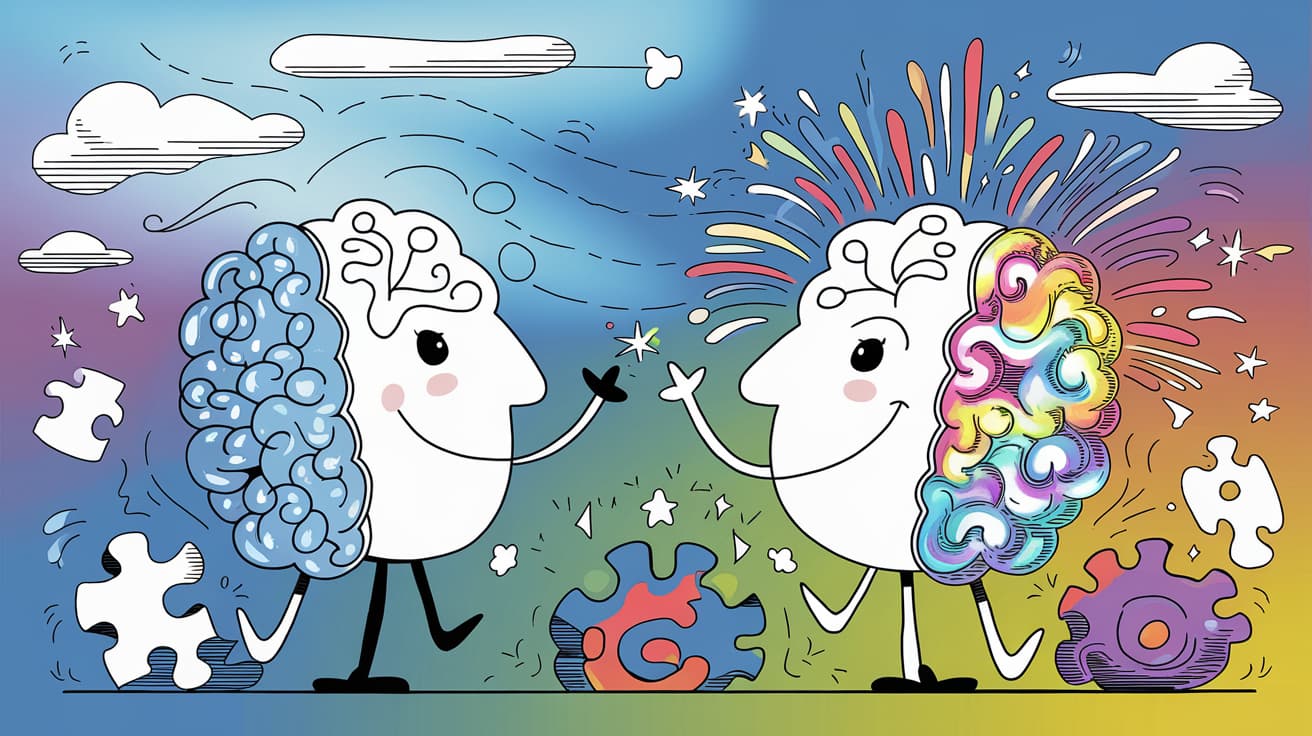What’s the Difference Between ADHD and ADD?
Imagine sitting in a classroom. One student is staring out the window, dreaming up the next great novel. Another can’t stop tapping their foot, looking like they’re gearing up for a marathon. You might think, “One has ADD, the other ADHD, right?” Not quite. Let’s untangle this mix-up and clear up the difference between ADHD and ADD once and for all. Spoiler alert: one of them doesn’t officially exist anymore (and no, it’s not the window daydreamer).
ADD vs ADHD: What’s the Deal?
Back in the day (think pre-1994), ADD (Attention Deficit Disorder) was the go-to term for people who had attention difficulties but weren’t hyperactive. But along came the updated DSM (Diagnostic and Statistical Manual of Mental Disorders), and suddenly, ADD became an old-school term. Now, everything falls under the umbrella of ADHD (Attention Deficit Hyperactivity Disorder).
Today, the consensus in the scientific community is that ADHD has three subtypes:
Unlock peak brain performance with science-backed biohacks. Join free now & get your guide for just £4.99 (45% off)!

- Inattentive Type (formerly ADD): Trouble focusing, forgetfulness, losing keys like it’s an Olympic sport.
- Hyperactive-Impulsive Type: Can’t sit still, blurts out answers, thinks “waiting patiently” is a cruel joke.
- Combined Type: A greatest hits collection of the two above.
So, while ADD isn’t a term professionals use anymore, it’s still part of our everyday language because, let’s face it, old habits die hard.
Why Did the Change Happen?
The switch to ADHD was made to better capture the range of symptoms people experience. Even if someone isn’t bouncing off the walls, their challenges with focus and organisation still fit under the ADHD spectrum.
Think of it like an umbrella. ADHD is the big canopy, and inattentive, hyperactive-impulsive, and combined types are the sections underneath. It’s all ADHD—just with different shades.
How to Spot the Subtypes
Here’s a quick cheat sheet to help you figure out what’s what:
- Inattentive Type (formerly ADD):
- Struggles to focus
- Easily distracted
- Forgetful about daily tasks
- Hyperactive-Impulsive Type:
- Constantly fidgeting or moving
- Interrupts conversations
- Impulsive decisions
- Combined Type:
- A mix of both inattentive and hyperactive traits
Why Understanding the Difference Matters
Understanding differences between ADHD and ADD isn’t just about terminology. It’s about helping people get the right support. Here’s why it’s important:
- Accurate Diagnosis: Mislabeling symptoms can delay effective treatment.
- Tailored Treatment: Each subtype responds differently to therapies like medication, coaching, or lifestyle changes.
- Empathy and Awareness: Understanding someone’s subtype can help you support them better, whether you’re a parent, partner, or friend.
Is ADD Still a Thing?
Technically, no. ADD was rebranded as ADHD (Inattentive Type) decades ago. But don’t be surprised if people still use the term, because it’s ingrained in pop culture and everyday language. Just know that, officially, it’s all ADHD now.
Supporting Brain Health with Nutrition
Diet and nutrition play a big role in supporting brain health for ADHD. Supplements can complement treatment plans and help manage symptoms:
- Omega-3 Fatty Acids: Known for improving focus and cognitive function, omega-3s are a great addition to an ADHD-friendly lifestyle. We loooooove talking about omega-3!
- Magnesium: Helps reduce restlessness and promotes relaxation, making it a natural support for ADHD. And we know we go on, and on, and on, and on… about magnesium. For good reason!
Always consult a healthcare provider before adding supplements to your routine.
Join Our Community
Want to learn more about ADHD, its subtypes, and how to manage symptoms effectively? Join our community to connect with others, explore tips, and access expert insights on living your best neurodivergent life.







